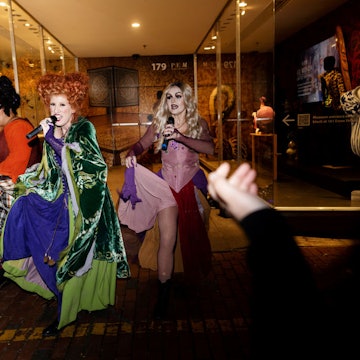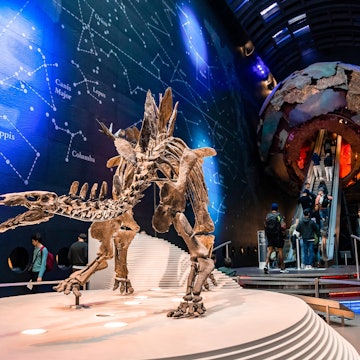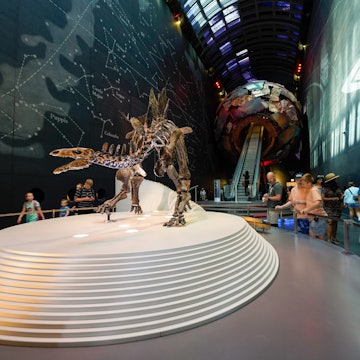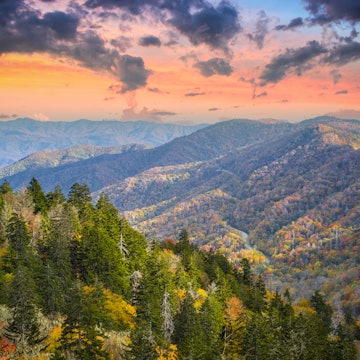

In a world where we’re increasingly virtually connected, we can feel disengaged from our roots. But thanks to developments in genetic testing and accessible historical records, travellers are finding it easier than ever to pack a bag and journey back to their origins, forging stronger connections with people and cultures along the way.
All travellers are curious – it’s what keeps the wanderlust alive. The recent rise in home DNA kits has spurred on explorers to delve into their cultural heritage, planning trips around the movements of their ancestors before them.

Retracing your ancestors’ footsteps is an adventure replete with surprises. Be prepared to uncover corners of the globe you never knew existed, or travel to familiar destinations and see them in a new light. This very personal journey could find you on a ferry to a remote Scottish island in search of a long-lost relative, or standing in front of your great grandmother’s childhood home in the centre of New York City. Be they new experiences or not, a personal connection can’t help but change your perspective of a destination, and discovering kinship with new people and cultures will also give you an invaluable travel souvenir: a new-found identity.
Of course, the trail may not always be fruitful, but the quest is part of the fun – who knows what exciting experiences you may have and who you may meet along the way? In a bid to find travel inspiration in the past, we asked six members of the Lonely Planet family to take a DNA test and plan a trip based on the results. Wherever they end up, we’re sure it’ll be one interesting ride.

Portugal... Right after finding out my DNA results and discovering I have Portuguese blood in me, I booked a ticket to Portugal to explore this beautiful land my ancestors once walked. When you discover that a part of you is found in a place you have never been to, you automatically feel a pull to it. It's like going on the ultimate global treasure hunt of self discovery.
– Kristen Sarah, Canadian, Lonely Planet Trailblazer, blogger and YouTuber. (41% Italian, 21.4% broadly European, 17% British and Irish, 9% French and German, 6% Norwegian, 3% Iberian, 1% Balkan, 0.4% Finnish, 1% Western Asian and North African, 0.1% East Asian and Native American, 0.1% Sub-Saharan African.)

Georgia... I've long heard rumours of having distant relatives living somewhere in the Caucasus. The more I read up about Georgia, the more I spot photographs of local people who have a degree of – how should I put this? – ruddy-cheeked, wavy-haired familiarity. There's much I'd love to experience in the country, from sci-fi architecture in Soviet-era Black Sea resorts to winemaking traditions that can be traced back to the Romans. Finding out my results has underscored how the human urge to travel has made so many of us more diverse than we might realise.
– Peter Grunert, British, Group Editor Lonely Planet magazines (72% North & West European, 24% Irish, Scottish and Welsh, 2.2% Iberian, 1.1% West Asian)

Estonia... Equipped with my new-found Eastern European genealogy, I’d love to brace the easterly winds and pay a visit to cities I’ve had on my bucket list for some time – Tallinn and St Petersburg. Being mixed race, I had always identified my heritage as being half of one thing and half of another. My results have reshaped seeing heritage as only two family histories – it’s eye-opening to see that there are many nationalities in my DNA. It’s reminded me how much of the world is, in fact, ‘mixed’, and will continue to be as long as people keep travelling and experiencing new cultures.
– Christina Webb, British, Lonely Planet Assistant Editor (57.8% South Asian, 33.6% Irish, Scottish and Welsh, 4.4% English, 4.2% Eastern European)
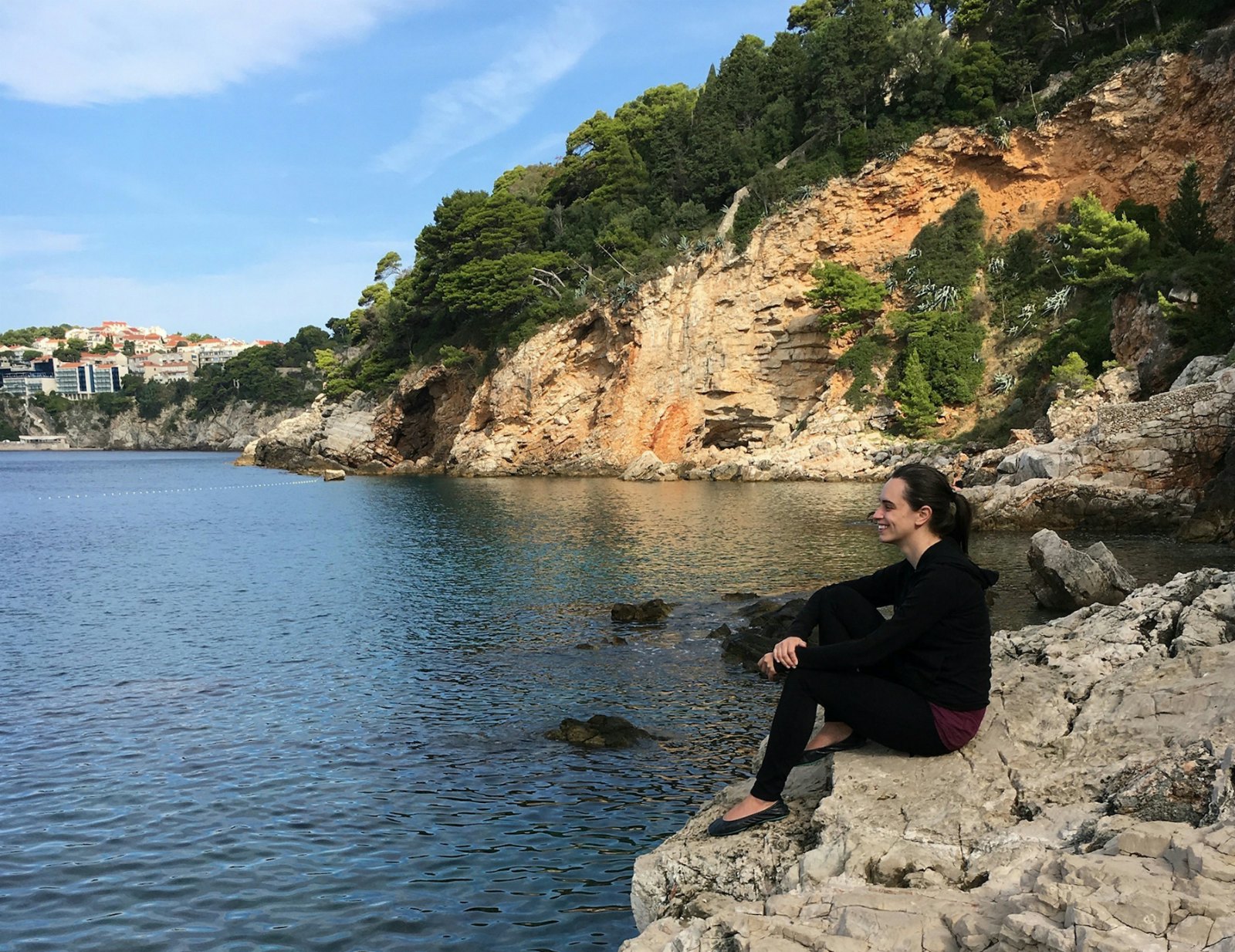
Spain... The biggest surprise in my DNA results was the 17% Iberian Peninsula portion. None of the amateur genealogists in my family have identified an ancestor from Spain or Portugal, so I have some work to do! I definitely plan to travel to the region and hopefully learn more about my ancestry first-hand. It's interesting to have a better sense of the place and history where my ancestors came from – though their descendents are mostly in the US now, the geopolitical, social, and historic forces that drove migration, trade, and marriage across cultures help explain how connected the world has become.
– Valerie Stimac, American, Lonely Planet Local (33% Eastern European, 29% Western European, 17% Iberian Peninsula, 16% Southern European, 4% Great Britain)

Japan... I had 1% Korean Japanese show up in my DNA results. My entire family was shocked – we don't know if it was my mother's side (mainly Middle Eastern) or my father's (Eastern European/Russian). Now that I know my family roots, there's a different sense of what makes me, me. I hope to see similarities between myself, my interests and habits, and the locals I meet. I may walk down a street and distant cousins may walk past me; I’ve never felt that before.
– Siya Zarrabi, Canadian, Lonely Planet Trailblazer, travel videographer and blogger (46% Western Asian, 49% European (Ashkenazi Jewish), 2% Iberian, 1% Korean Japanese, 1% North African, 0.5% South Asian, 0.5% Native American)

England... After looking into where my French DNA came from, I discovered the French individual who married into the family traced back through London to Colchester, a small city that is known as England's first Roman town. I had visited London many times but had never been out to the eastern side of England where this family resided. It turns out that Colchester is where my family emigrated from in the mid-1800s to join pioneers heading west in the United States.
– Mike Nelson, American, Lonely Planet Director of Ecommerce (32% Western Europe, 67% Great Britain, 1% Scandinavia)
Discover more travel trends for 2019 or explore our selection of the best places to go over the next 12 months.
https://shop.lonelyplanet.com/products/lonely-planets-best-in-travel-paperback-2019






